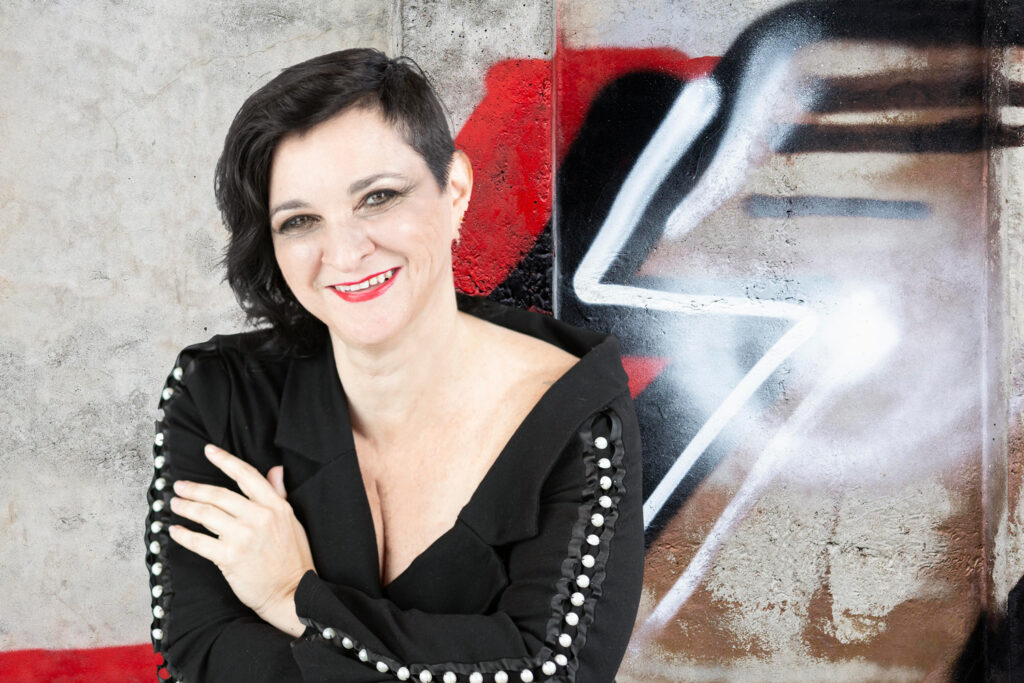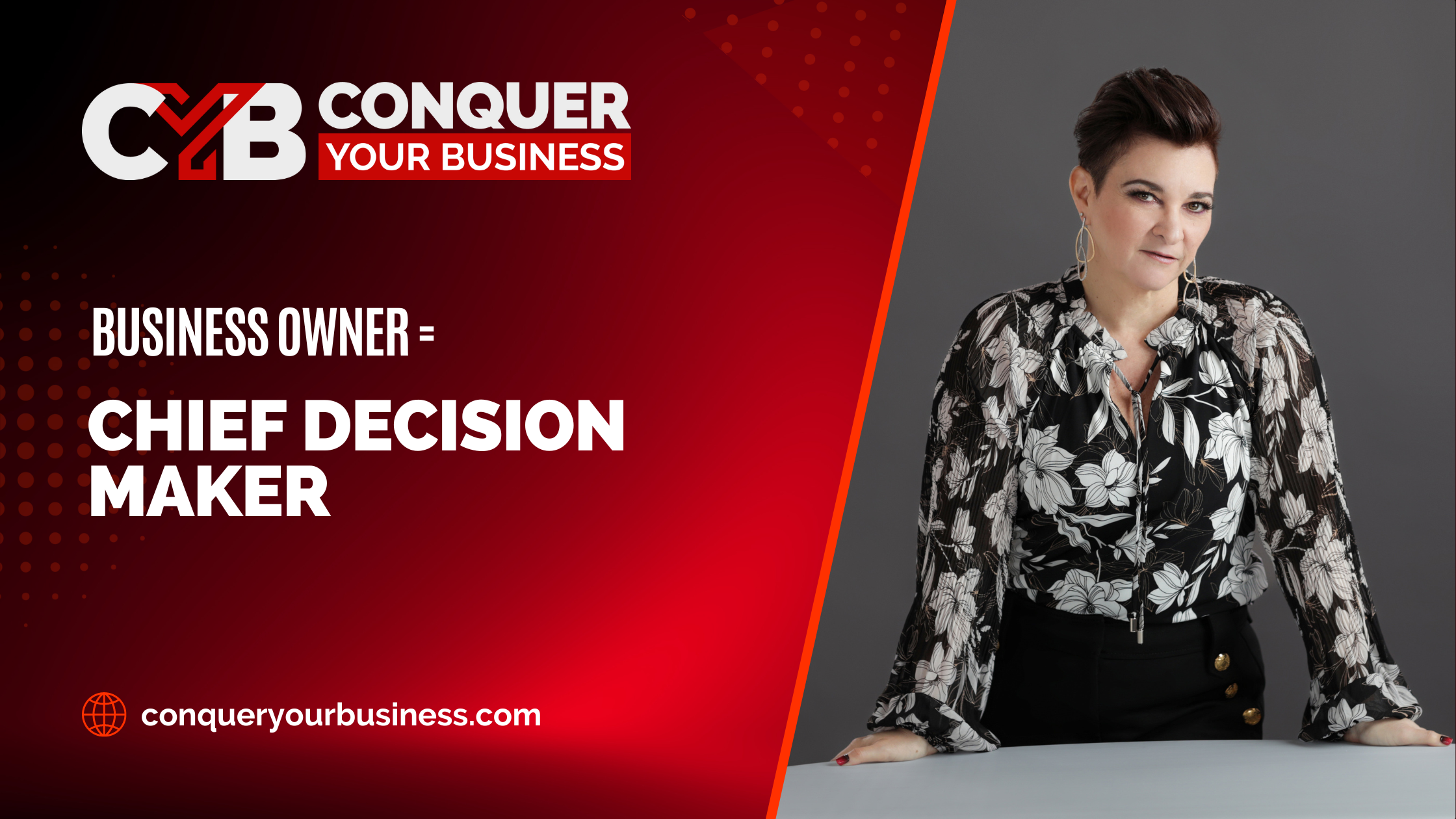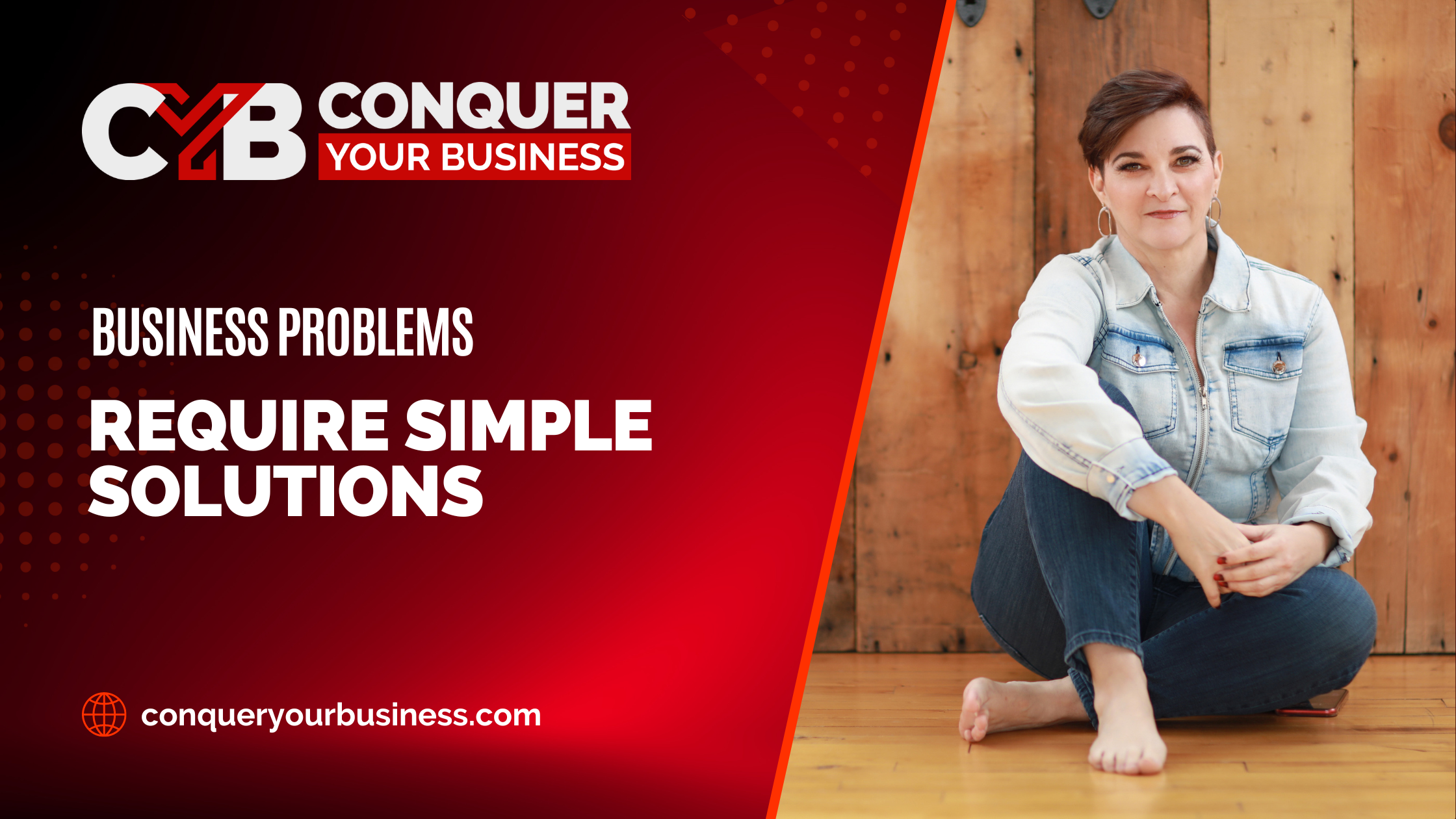What do you know that you need to be doing in your business that you are not doing? I’m not talking about the moments where we legitimately do not know what to do next. I am talking about the things we want to do, that we need to do to grow our business, and we know we need to do them, but we are actively avoiding doing.
This is a hard question for so many business owners to answer. It is not easy to call ourselves out on things we know will help us, but that we are actively avoiding doing. Fortunately, there are ways to break through the fears and the stories that we tell ourselves that stop us, so that we can do the things and take the steps that we know will make a huge difference.
What Things Are You Avoiding Doing in Your Business?
Many of the things that we avoid doing are low-barrier tasks, meaning there is not a lot holding us back from doing them. Some of these things include going live on Facebook, creating YouTube videos, participating in higher level networking, getting booked as guests on podcasts, or direct outreach to keep in touch with people who we have met.
None of these events are difficult to execute from a how-to perspective. None of them cost much money. Networking can start to add up, but there are ways to keep that affordable. Yet I watch people (including myself at different times) not do them when we know that they would make all of the difference in our efforts.
Then there are other things in our business that we know we need, but we are not sure exactly how to do them. We think we know what is involved, but once we start to dig in, it turns out that it is much more complicated than we originally thought. Some examples of these are creating automated funnels for keeping in touch with prospects, or improving the SEO on our website.
We know we need to do them, and so we spend a ton of time (our most precious resource) learning all about how to do something with the hope that once we learn this, our business will grow. However, those things are not what we are good at doing, and along the way we realize it’s all way more complicated than we originally thought, but we keep busy by being busy trying to do something – without actually accomplishing it – that may or may not even help us grow our business.
Now, this does not mean that having an automated sequence for your prospects is a bad thing, or that you should not work at having good SEO for your website. But there are other less complicated ways for us to spend our time that will get us a faster return on our investment.
If you read our recent article Leveraging Everything: How to Leverage Your Money, Team, Network, and Time to Grow Your Business, you will recall that we explained how important it is to leverage our time to get the most ROI out every minute that we spend on our business. And one of the ways to leverage our time is to not try figuring out everything on our own, especially when it’s not our area of expertise.
I talk to a lot of business owners who seem to be spending a crazy amount of time trying to figure out things like the Facebook algorithm, or how to master Facebook ads. Those are a moving target; the algorithms change, and you are never going to catch up to them. Instead, there are ways of increasing their audience and building their business that would have a more immediate return on their efforts. So, why do we do these things that hold ourselves and our businesses back?
Why Do We Avoid Doing Things We Know We Need to Do In Our Business?
There are two main reasons behind this problem, the first of which is fear. I like to call basically anything that stops me from doing what I know I need to be doing “fear” plain and simple. That way I know what I’m up against.
So how do you know if it is fear that is stopping you? Think of those low-barrier examples that I shared above, like creating live videos on Facebook, or performing direct outreach to contacts. You have no excuses to keep from doing them. They are not expensive or highly technical, so if you are not doing them, odds are it is fear that is stopping you.
Now, this does not mean you should beat yourself up over not doing easy things. This just means that if you know that these are easy things to do, and you are still not doing them, that you have some very important data about yourself. And this data can give you insight as to what the problem is that is stopping you so that you can go to work fixing it.
The second reason that we don’t do the things we know will move our business forward, and why we so often focus on the wrong things, or don’t get the real help that we need to do things better, is that we don’t actually see ourselves as the professional person we are working to be. We don’t see ourselves as someone who hires an expert, or who accomplishes the huge goal that we are trying to achieve.
What’s going on with that? Well, first and foremost, your brain loves to be right. And if you have a particular image of who someone is who gets booked on a podcast, or who somebody is who hires an agency to run their Facebook ads, and if you do not see yourself as that person, your brain is not going to let you go and be that person.
And now, if you add in all of the stories that we have of who someone is who hires help, who someone is who has a media kit and gets booked on podcasts, who someone is who focuses and does the high level things in their business and gets the help they need, and that person does not look, act or feel like you, then your brain is going to work even harder to keep you from having or being the person you consciously know you want to be, but subconsciously can’t even imagine.
And yes, what we have here are our conscious thoughts of what we want to be doing, and our subconscious thoughts that we are not really the person who does those things, basically working against each other. We have two parts of our brain literally butting heads working against ourselves, resulting in frustration, confusion, overwhelm, and disappointment.
Give Yourself a Break But Don’t Let Yourself Off the Hook
These situations fall into the category that I call, “give yourself a break but don’t let yourself off the hook.” Give yourself a break, because this is hard. You’re up against neuroscience and subconscious programming that is decades old, so don’t beat yourself over having a hard time breaking through.
However, that is no excuse for giving up on your dreams and the life that you want to lead, so don’t let yourself off the hook. Instead, do the work that you need to do to break through the things that are stopping you so that you can do what you know you need to do to move your business forward.
When fear and self identity are the two things that are stopping us, we have a fear of being judged or rejected. So we don’t offer our services to people even when we know we can help them with something. When we fear someone not liking us, we don’t use our voice as strongly as we could. We hold onto stories about who we are, or who we are not. And then you have the stories that other people kind of buy into, which reinforce the stories we’re trying to break free of.
I will share one of my own examples from just the other day. I am not fancy. I am not formal. And it’s easy to tell ourselves stories that only fancy and formal people do certain things like have business photoshoots. So, I went shopping the other day because I had a photoshoot for my business coming up and I needed some new clothing for it.
The woman at the store was very nice and kept trying to help me. She kept asking me what I was looking for, and what type of event I needed these new clothes. And every time I told her that it was for a photo shoot for my business, she would immediately move me toward a boring blue blazer and a plain shell to go under it. I had to repeat myself over and over and over again, that’s not what I mean by business.
This was actually something I have had to work to break through, coming out of the corporate version of financial services, where everything is very conservative. That look of the blue blazer and plain shell is an identity and a story that I had to work hard to break through, because there is a very specific image of what business people look like, and I never felt that I looked that way.
It has taken me a while to do the work so I could authentically show up, and now any story of what someone else has of what a business person looks like, doesn’t have to be my story. In the past I would have responded much differently, and even delayed what I was doing, instead of telling the sales woman no, and finding clothes that represent who I actually am and the brand of my business.
Moving Past The Fear And SubConscious Thoughts That Stop Us
These ideas of fear and our self identity about who we are and what we do are all intertwined. We fear being judged, so we don’t put ourselves out there. We fear being rejected, so we don’t say, “Hey, I can help you with that problem, would you like to know how?” We fear someone not liking us, so we don’t make our voice heard.
We have stories about who we are, and who we are not. We have stories that we are holding onto that we do not act, feel or look like someone who has achieved everything that we want to achieve. For example, only “fancy” people do what I am doing, and I am not a “fancy” person. Or, I am not a formal person, and people will not think I’m capable if I am not formal. And all of this is before we even start to dive into the stories about money that we carry around with us, which is a topic that I will save for another time.
So what can you do to help you move through some of this? How can you get to the point where you can actually do the things you know you need to do to move forward? My favorite way to break through fear is by breaking what you’re trying to do into smaller steps. What is an easier version of the scary thing that I am trying to do? What version of this am I willing to do?
When you take smaller steps, your brain starts to realize that you are not actually trying to kill it, and you can take the next little step, and then the next little step. Taking small steps forward is still moving forward and the momentum can build.
For example, let’s say that you need to start going live on Facebook, but it completely freaks you out. That’s ok, it freaked me out for a long time, too. Instead of starting with live video, you can start with recorded videos, which is how I started. I started with recorded videos because those didn’t scare me. Back then it took at least an hour to result in a five minute video that I was willing to put out into the universe, but hey, at least I got started. The idea is to build momentum with the small wins so that your brain stops thinking that you’re basically trying to kill it by doing the thing that scares you.
This also means, using this example of videos, not worrying about what the Facebook algorithm thinks is the best way to do things. It means not worrying about Instagram and LinkedIn and the optimal way of using these platforms. Right now we’re just trying to get your ball rolling. We’ll worry about optimization later.
So what is it that you want to be doing ultimately? What is a smaller version of it that would work for now, so you can build momentum? What is an activity you can do that will move you toward the thing you’re avoiding?
The second way to break through your fear and the stories that hold you back goes back to the idea of who we need to be to do the things we want to do. Let’s use my shopping example again, of not being fancy or formal. If I look at someone fancy and formal, the underlying story is I see that they show up confidently. So where am I not showing up confidently? I know I don’t want to be the person who wears fancy clothes. It’s not me. It’s not what I like. It’s not how I’m comfortable. But I do want to show up in the confidence that I see those people exhibiting. So what does that mean for me? I can get myself put together every day. I can put on a little makeup, and wear clothes that fit well and showcase my personal style and vibe. I can feel put together but still casual and feel the most confident version of myself.
So, what does this mean for you? What are the feelings that tie into the stories that you are telling yourself? What could you be doing to tap into those feelings? What are some small steps you could take to break through your fear, small steps you could take toward the feeling you want to have for your self image that can build on your momentum and keep you moving forward.
It usually comes down to this – being more intentional and thoughtful. When we live by default, it leaves all sorts of space for fear or imposter syndrome to stop us. But when we decide what we want, and we decide what we need to do to move us in that direction, and then we commit to taking those steps, we can catch ourselves when we slip and recover a little bit faster every time. It’s not about perfect or never slipping, it’s how fast you can catch yourself, recover, and get back at it.




